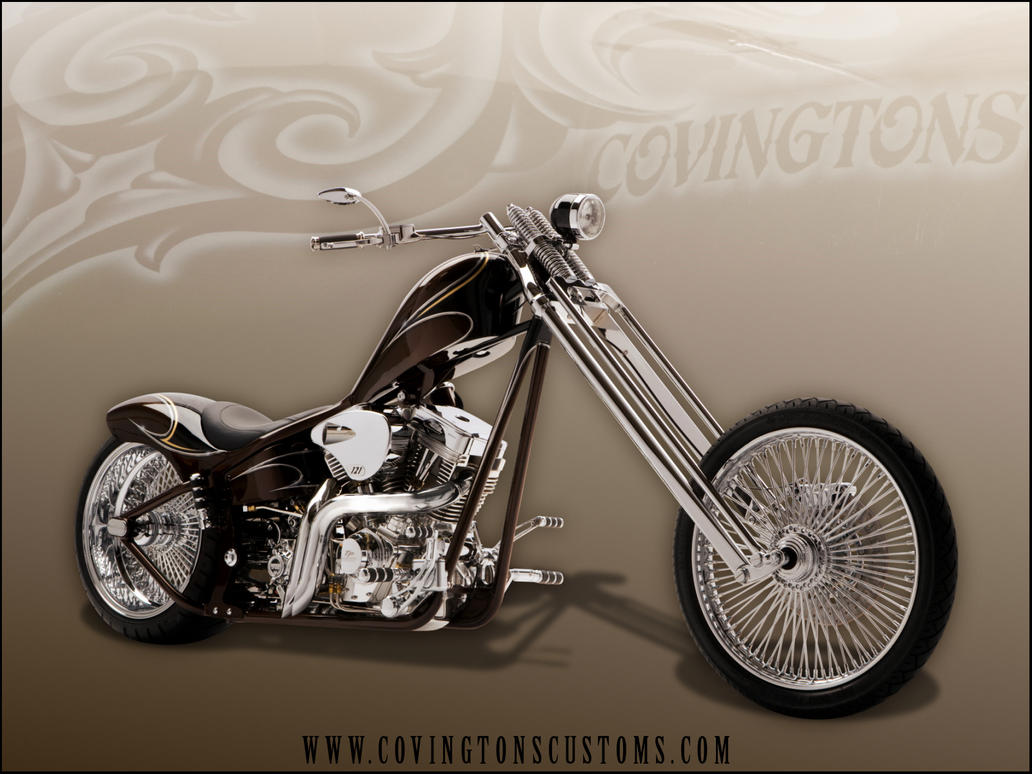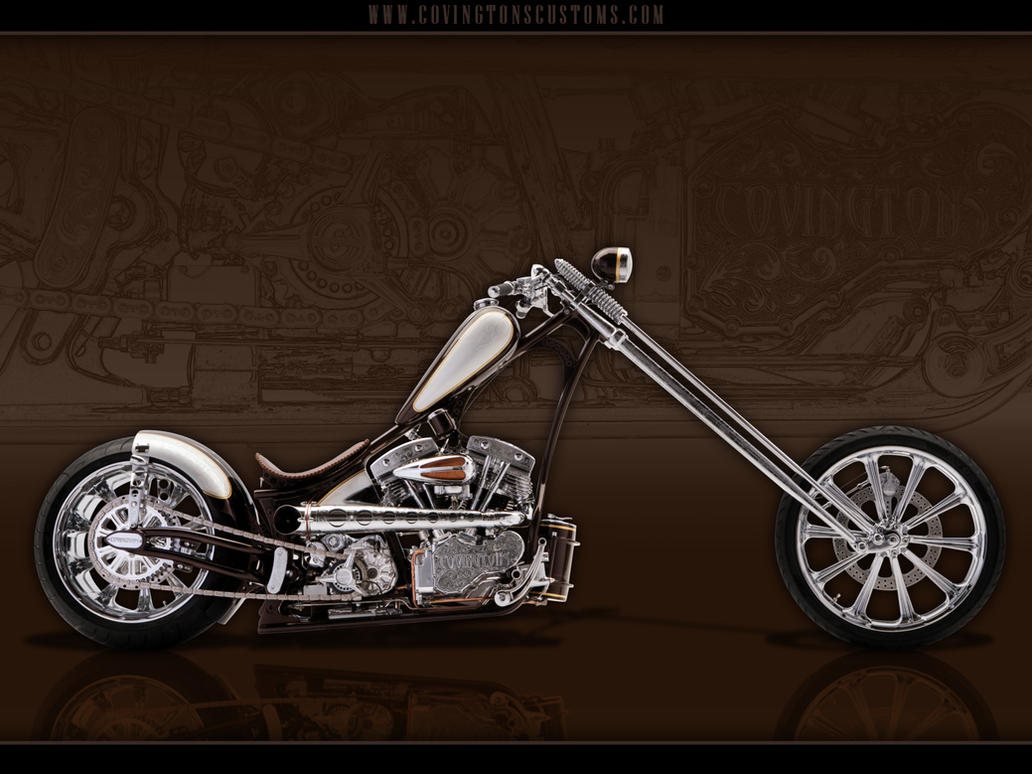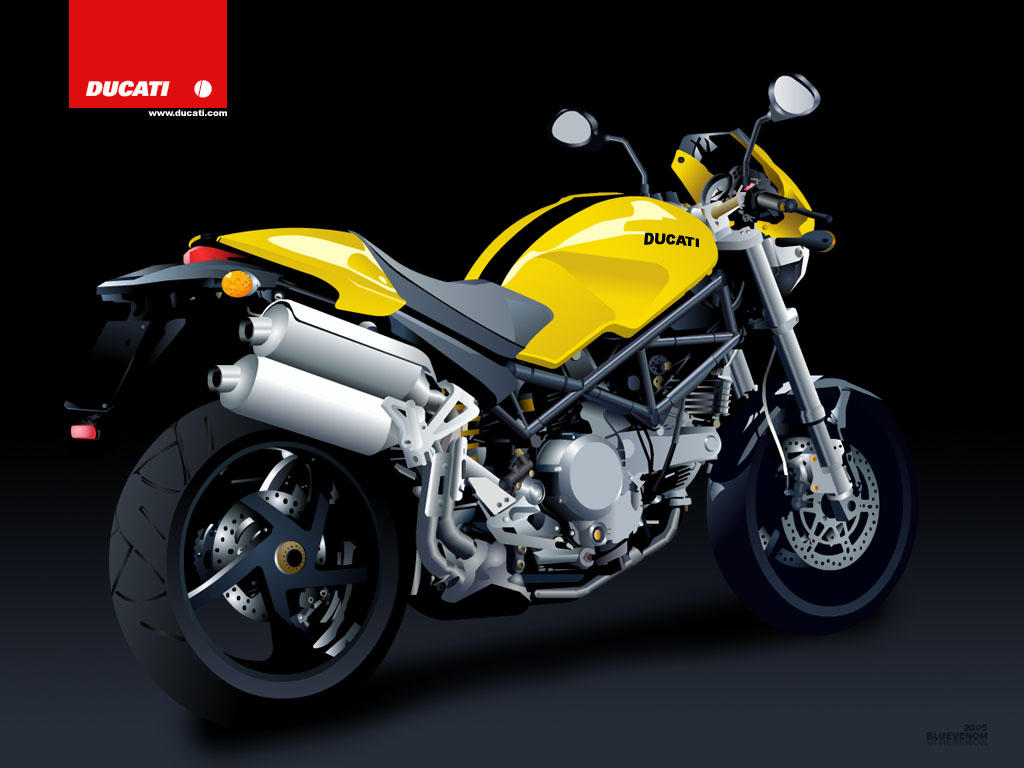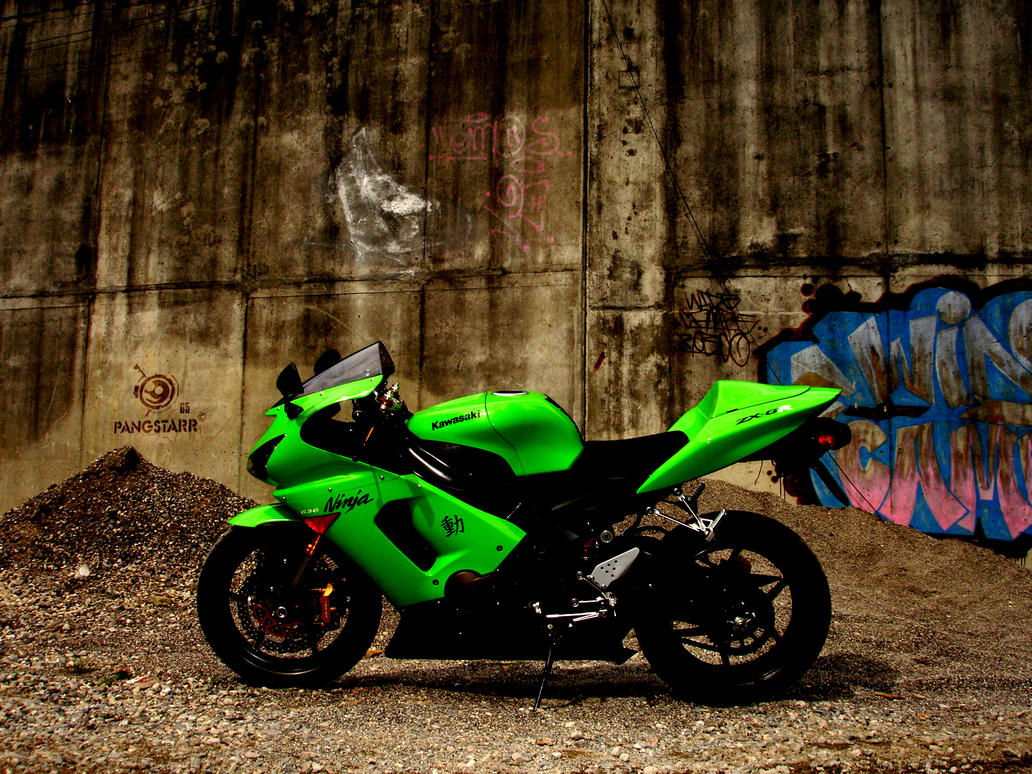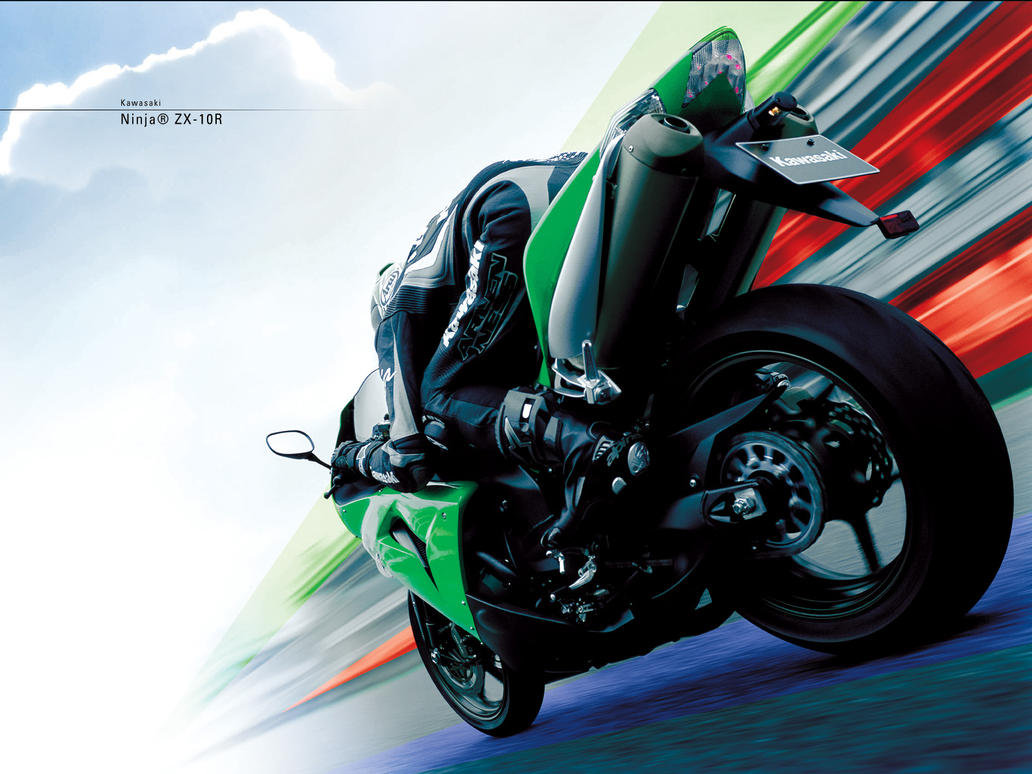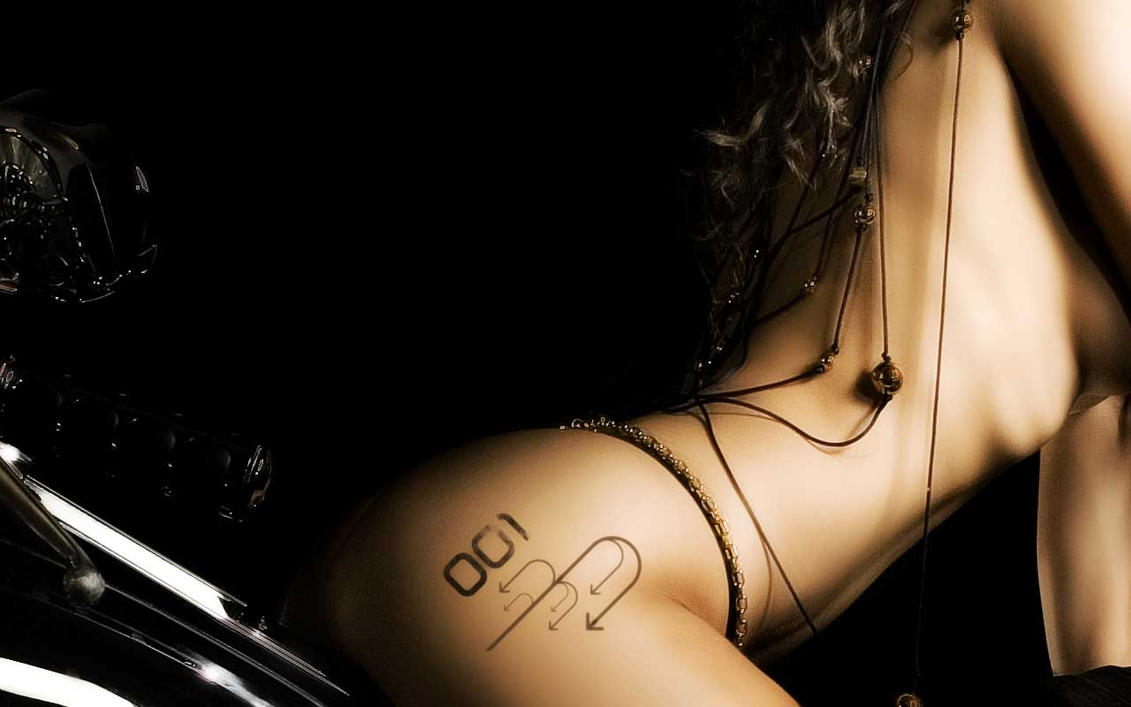
No doubt a host of small changes can make a big difference. While the naked eye would have a
hard time seeing the difference between last year and this year’s 675, on the track and street they are miles apart. And in a good way. Check out the Triumph Daytona 675 First Ride for information on the technical updates on this year's model so we can focus on how it stacks up against the competition here in the shootout.
The same very capable Inline-Triple engine sits between those aluminum frame spars and now features three more horsepower and a two more lb-ft of torque. Also changed is a taller first gear, for improved shifting, while suspension tweaks and slightly modified styling round out the major changes. To us this hardly sounds like enough to make much of a difference, but after riding the Triumph, our minds quickly changed. We went the extra mile to bring you the sights and sweet sound of the Triple in our Triumph 675 video review so don't miss it.
It really is a shame a lack of trackside support held the 675 from performing at its full potential at the racetrack. Triumph was unable to send a technician to turn wrenches for us and unfortunately the mechanic we hired to fill the void backed out the day before the test. That left the MotoUSA crew responsible for tending to the Trumpet the best we could between the madness of conducting an event of this magnitude. Luckily we have an extremely capable group of riders with plenty of racing and set-up experience, which allowed us to get it close. And once in the ballpark the Triumph managed to impress a few of our test riders both at the track and on the street.
I must say, the “several small updates†Triumph made do equate to a much better overall package. The taller first gear is a godsend in the slower turns at Streets and additional horsepower and torque are kind of like having too much money - it never really hurts.

Aggressive geometry made for a quick-handling 675. Here's Atlas warming the tires in preparation for his Superpole run. The Triumph did surprisingly well.
“The Triumph motor is one my favorites, it truly combines the rev of an Inline-Four with the torque of a Twin,†says shootout veteran Chuck Sorensen. “Lots of low-end grunt and then a sweet spot of useable power between 8,000 to 13,000 rpm. Someone coming off a Twin will adapt to this bike quickly, while a four-cylinder rider will figure out that they can be in a taller gear through a given corner and use the grunt to their advantage. This motor does not feel as if it has the sheer horsepower as some of the Japanese bikes, but the question is – do you need all that power to go fast on a given course?â€
“Triumph has the torque, a great sound and pulls nicely,†adds Dhien. “For sure the motor is the strong point of the Triumph.â€
Though it boasts the second-highest horsepower (108.5 hp) and torque (49.3 lb-ft) as well as tipping the scales at under 410 lbs full of fuel, our trip to HPCC out in the Mojave desert produced some surprising results. When the dust settled at the end of our performance testing the 675 didn't fare as well as we expected. Its weak and numb-feeling clutch made launches difficult during drag strip runs and as a result, quarter-mile times suffered a bit. It recorded a best run of 11.30 @ 133.25 mph, compared to the class-leading Ducati, which tore off an 11.09 @ 134.37 mph. And even though that doesn't seem like much, in this extremely close group it put it dead last. When it came time to put it to the top-speed test, the British Bomber was quite a ride. WIth the upper fairing shaking and the least wind protection of the group the best it could muster was 159.45 mph, once again the slowest of the group and was the only truly unstable bike at those speeds - downright scary even.



The 2009 Triumph Daytona 675 is very clean by design and although it lacked a bit of attention to details in some areas it still is a good looking motorcycle.
While nearly all praised the easy-to-use power and rideability of the three-cylinder engine, the chassis received mixed opinions, some of this due to its set up. The shock was stiff and would pump on corner-exit while the front was overly soft, giving an unequal balance. For those who didn’t push quite as hard, as well as for street riding, this wasn’t too far off. It was when the pace picked up that the lack of set-up time showed through.
“I really was into the Triumph, I dig its chassis and fickability a lot,†comments newly-appointed Road Test Editor Adam Waheed. “At the tight and twisty Streets of Willow it did great as it’s effortless to throw from side to side. The engine is awesome and has plenty of torque; it's easy to wheelie – it really is best suited for technical racetracks.â€
Sorensen adds that while it feels pretty good, the 675 suspension still could use a few tweaks in stock trim: “The rear shock seems to be set up a little stiffer compared to the front. It kept the bike on its nose going into and through the corner. It absorbs most bumps and tracks true on the gas at the exit of the corners though.â€
Despite that the Triumph's set-up never was perfect, we were able to get it good enough to lay down a 1:21.77 during Superpole. That bested even the mighty Honda and is a very respectable time at the technical Streets of Willow circuit.
Overall the 675 was praised for its stability once leaned on its side almost as much as it was for the engine – solid and great feedback made for a machine that yearned to be pushed, and pushed hard. But when it came to the brakes, the Brit fell short. Being it is one of only two of the bikes with steel-braided brake lines, this proves that it's a sum of all parts, not just one particular item, which makes a good set-up.

Waheed claimed the Triumph forced him to do wheelies and ride like a hooligan. We're not sure if we believe him...
On the street the 675 made up some ground that it lost at the track thanks to its meaty mid-range and ability to draw the inner-hooligan out of even the most civilized street riders. It received universal praise when it came to quick jaunts through the canyons on the Triple. The engine is one of the most versatile of the group – tons of torque and easy to use – as is the chassis. Do you want to know our main complaints with the Triumph on the street? The seating position is still awkward and makes for fast discomfort, as does the hot underseat exhaust.
“From the moment you climb on the Triumph it feels similar to the Ducati in that they are thin in the middle and have high, flat seats and low bars,†says Hutchison “This made the riding position more track-oriented than accommodating for commuter or daily-driver duty, though it's less aggressive than the Ducati. And both the 675 and 848 employ underseat exhausts which look the business but are not always the greatest arrangement for street riding comfort.â€
Overall, if you dare to be different, look no further than the Daytona 675. In no way, shape or form does it look, feel or act like anything else out there, which gives the well-qualified machine character in spades. But when it comes to this wickedly-close group, in the overall rankings the Triumph 675 brought up the back of the pack.
